
New Zealand. Annoyingly good at rubgy. Landscapes that are so spectacular they were chosen for Tolkein’s Middle Earth. In Edmund Hillary, they even had one of the first two men to stand on Everest, along with the Tenzing Norgay. No matter how many times us Brits proclaim ‘yeah we climbed it first, it was a British expedition,’ the truth is that a sherpa from Nepal and a Kiwi were the ones to first scale the peak.
The South Island, in particular, is mountain country. So, you’d expect the nation’s leading outdoor brand to know a thing or two about crafting outdoor kit. The brand in question is Kathmandu. Named after the Nepalese capital at the foot of the Himalayas, it makes a range of hiking apparel, backpacks and accessories. The brand is also a certified B Corp, which means it adheres to high standards of social and environmental performance.
I was excited to get hold of the Epiq 600 Fill Down Vest (available direct from Kathmandu) and take it into cold climes to see how this premium gilet fared.
Meet the reviewer
First Impressions
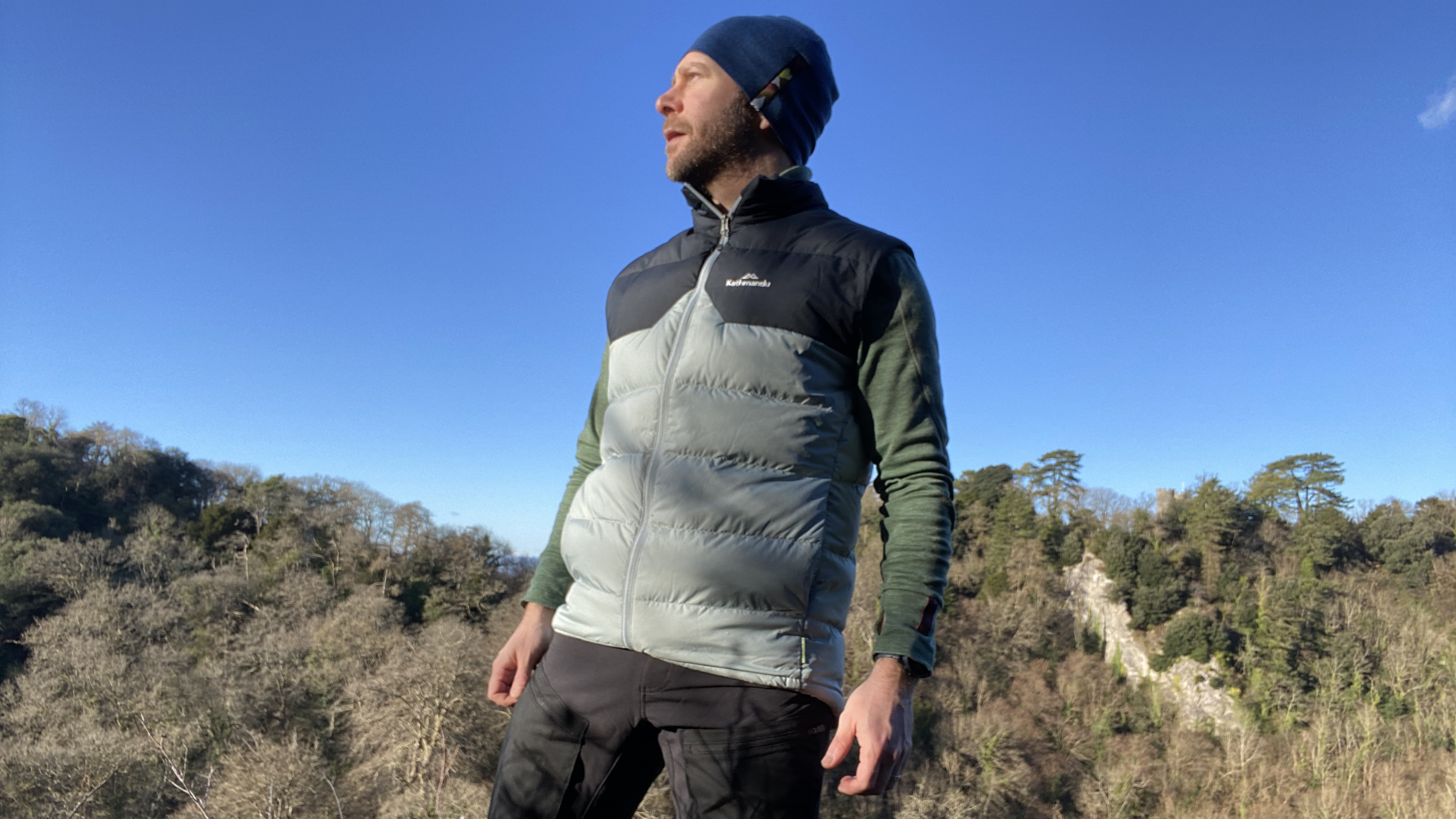
RRP: $169 (US) / £170 (UK)
Weight: 440g / 15.5 oz
Fill: 80% duck down, 20% duck feather, 600 fill power
Gender availability: Men’s / Women’s
Sizes: XS to XXL
Colors: Men’s: Black, Gum Tree/Black (UK only); Women’s: Black, Taupe (UK only), Frosted Mint, Black (UK only)
My test top was in the Gum Tree/Black colorway, which in relative terms is the most ostentatious on offer for men, as the other option is plain black. Don’t get me wrong, it looks the business, but I do like the option of a bit of color (ironically, as I’m slightly colorblind). Women are better served by the Taupe and Frosted Mint options. However, if you’re in the States, male or female, you’ve got one choice and one choice only: black. Well, at least it’ll go with everything.
Price wise, this gilet is no joke, as you’d expect for a garment boasting 600 fill power duck down. With an RRP of $169 (£170 in the UK), it’s more expensive than the Rab Microlight DownVest, one of our top-rated gilets, though won’t set you back as much as something like the Fjällräven Greenland Down Vest. The Epiq is also available as a full down jacket (with arms and everything!) and as a hooded down jacket too.
Features

Let’s start with the duck down in the jacket, which boasts fill power rating of 600, giving it a good warmth to weight ratio. Basically, the higher the fill power, the more a jacket will fluff back up after being compressed. The more it can fluff up, the more heat it can trap and the better it will insulate. In the case of the Epiq, 600 fill power is a moderate amount compared to some of the best down jackets around these days, but it’s still enough to be very warm and nicely compressible too.
Unsurprisingly, considering it’s a certified B Corp, Kathmandu’s down is independently certified to the Responsible Down Standard, which means the ducks involved will have been treated humanely.
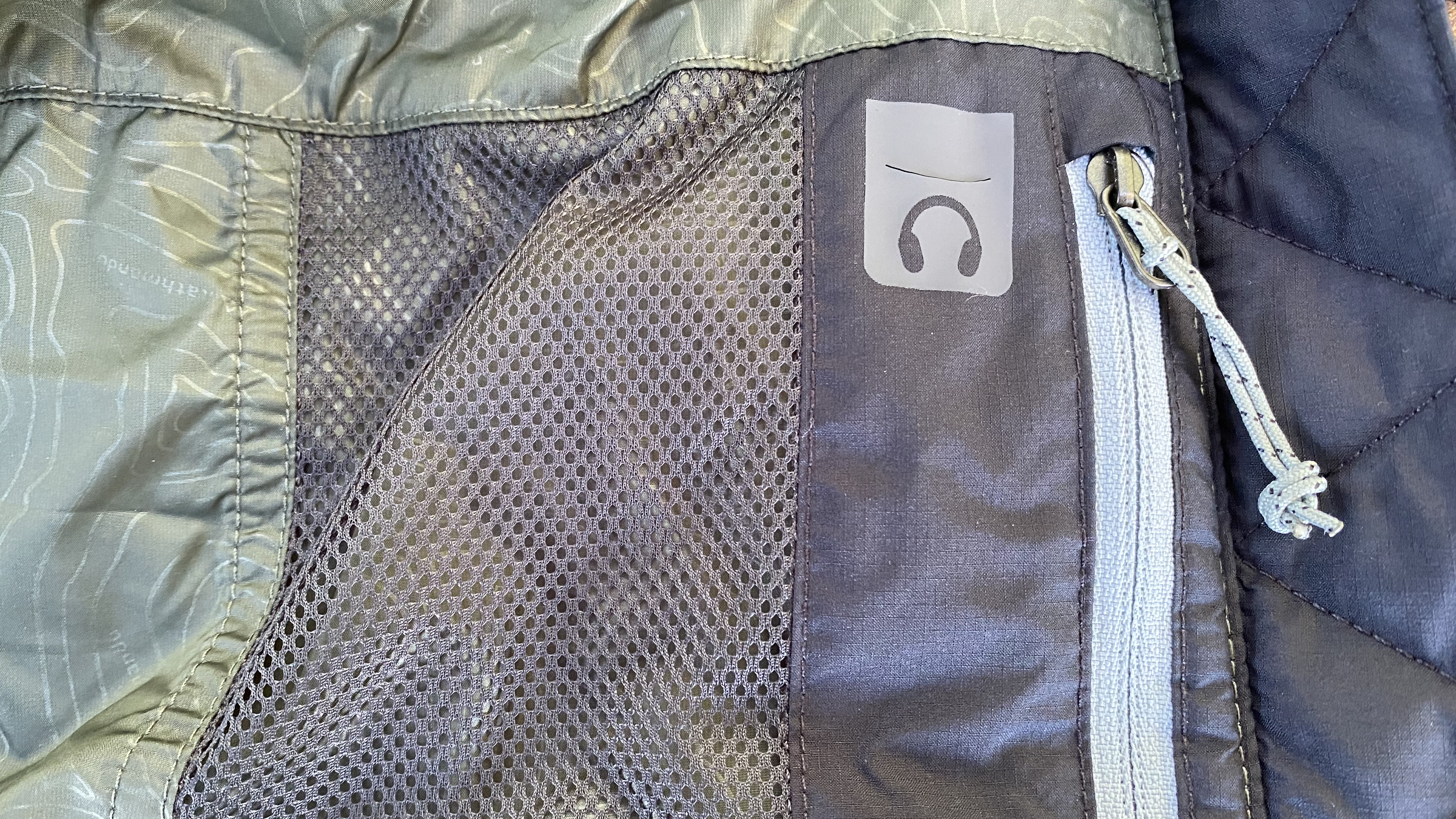
The outer material is made from a recycled Pertex Quantum Eco, a tightly woven fabric that’s designed to allow insulation to fully loft. It’s present in many insulated products, like the excellent Montane Anti-Freeze XT Hoodie and the Exped Waterbloc Pro -15o sleeping bag. As well as being lightweight and soft to the touch, it’s also windproof and water-resistant, once its DWR coating has been applied. This is what makes water bead on the surface initially but it doesn’t make it fully waterproof, so don’t expect it to keep you dry in a deluge.
On bitterly cold days, you can tighten up the elasticated drawstrings on the hem, while the front zip comes up high to a chin guard with a brushed lining for comfort around the neck and jaw.
There’s an internal zippered mesh pocket with a slot for headphones to escape – a nice touch. When the time comes to pack the Epiq away, it compresses down to a neat and tidy package inside a stuff sack, which is stored in an internal mesh pocket at the bottom of the vest. This makes the gilet perfect for packing away into a daypack on those in-between, shoulder season days.
On the trails
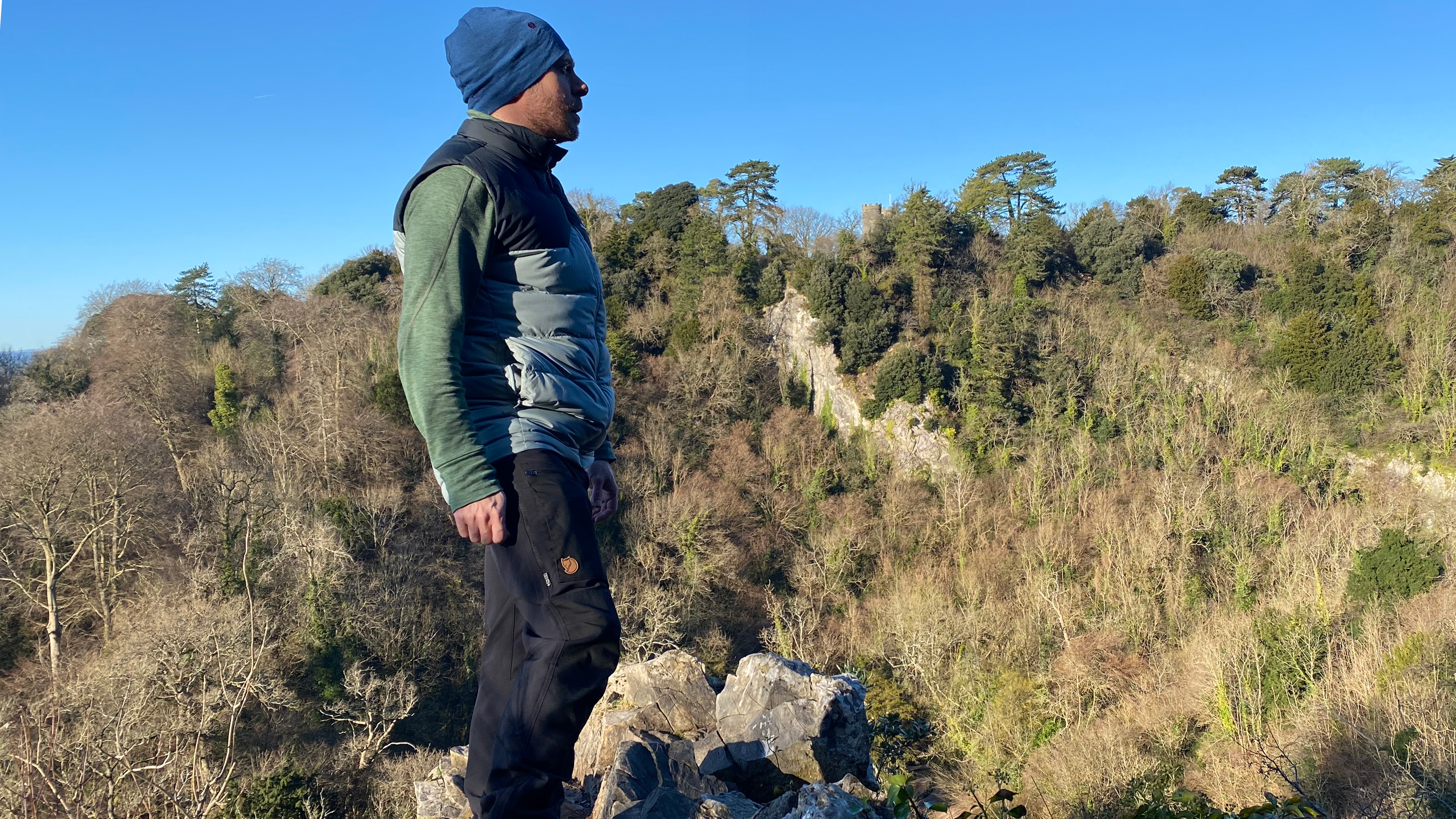
I wore the Epiq throughout late winter and early spring, both on the trail and around the city. It’s a lovely item for local walks or jaunts to the park, while its packability and low weight make it a good ‘just in case’ item for mountain days. However, I’d personally opt for a full down jacket for this.
The Epiq is nice and warm, to the point where I’d really notice my arms getting colder beneath a fleece and base layer, while my body was growing toastier in its embrace. I guess this is a predicament all gilets face. As someone who runs hot, I find any kind of sustained exertion is too much in a down jacket or similar. I end up getting way too warm and sweating even on cold days. It was the same with the Epiq Vest.
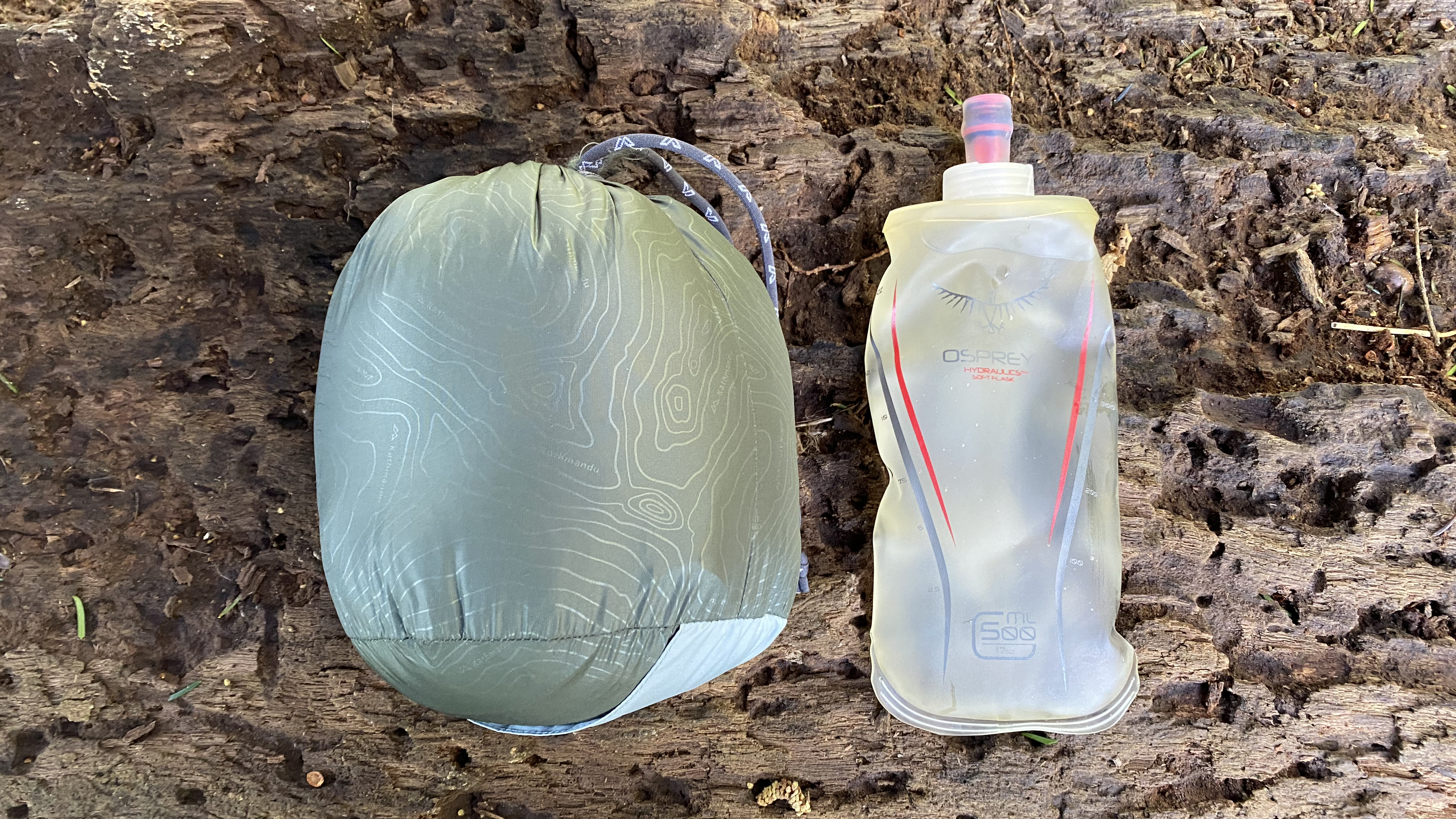
I liked the number of pockets available, especially the zippered hand warmer ones. I despair at winter tops and jackets that don’t include hand warmers. These ones have a plush, brushed finish, making them particularly cozy little nests for cold digits. The pockets and the front zip are easy to open up wearing hiking gloves, thanks to ample zip pulls.
The internal zippered mesh pocket, with its little flap for headphones to be threaded through, is a smart touch. I utilized this on many leisurely winter walks, enjoying a podcast while I was at it. Having an internal space for a phone is also a wise design choice, as the best place for it during the colder months is close to the body. This is because freezing conditions can sap a phone’s battery very quickly indeed.
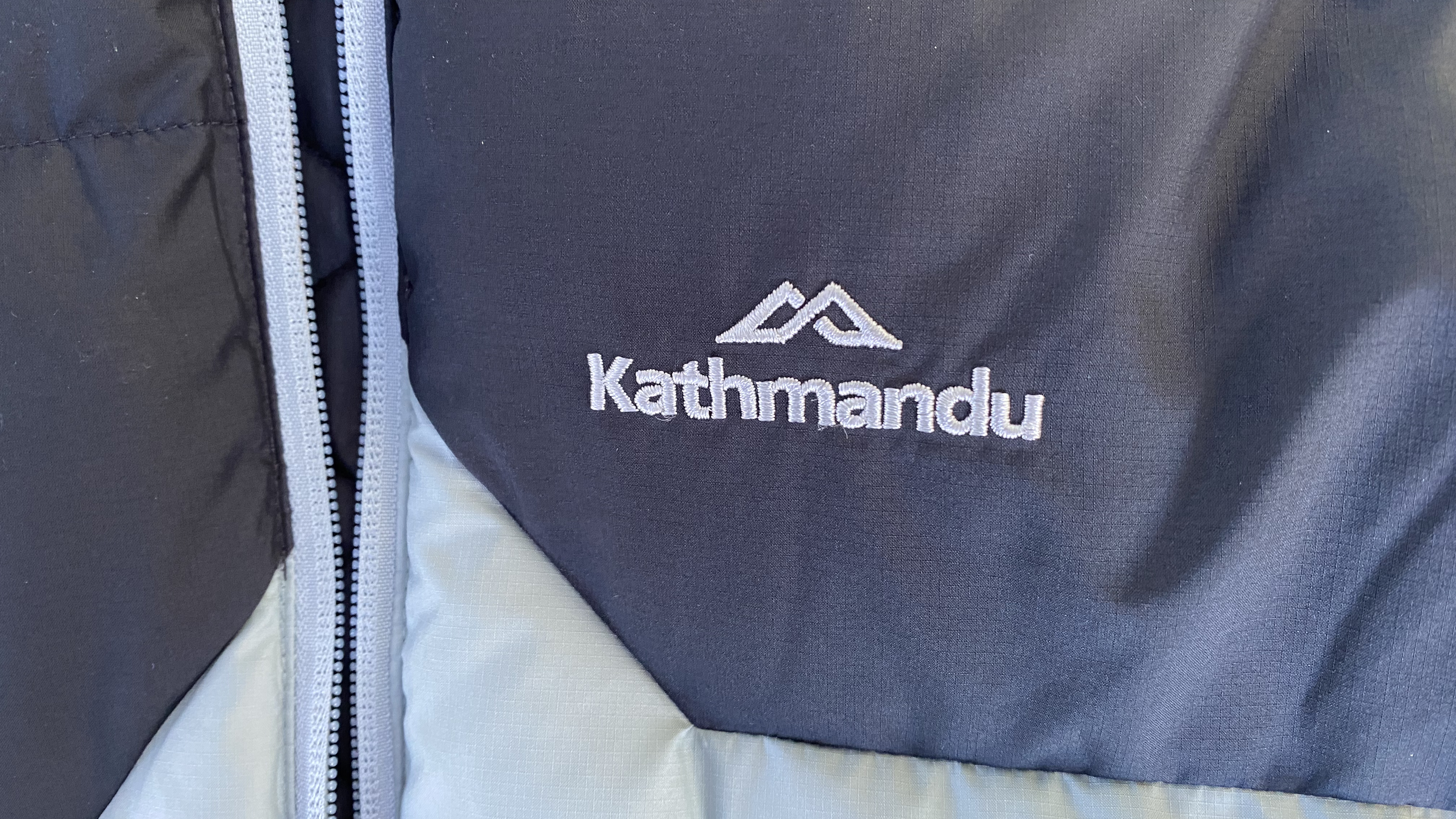
The only pocket large enough to take a topographical map is the open internal mesh pocket where the stuff sack lives. This is fine, though I’d ideally want somewhere more secure for such items. I can’t but feel like the Pertex face fabric isn’t quite as soft to the touch as on many other puffer jackets, but I’m nit-picking a little here.
I like the lovely, brushed fabric lining around the chin guard, which makes it comfortable despite coming up to my chin. When it’s freezing outside, the ability to zip it right up, giving full coverage to my neck, is a welcome one. However, in such conditions, I’d probably opt for a jacket with arms!







